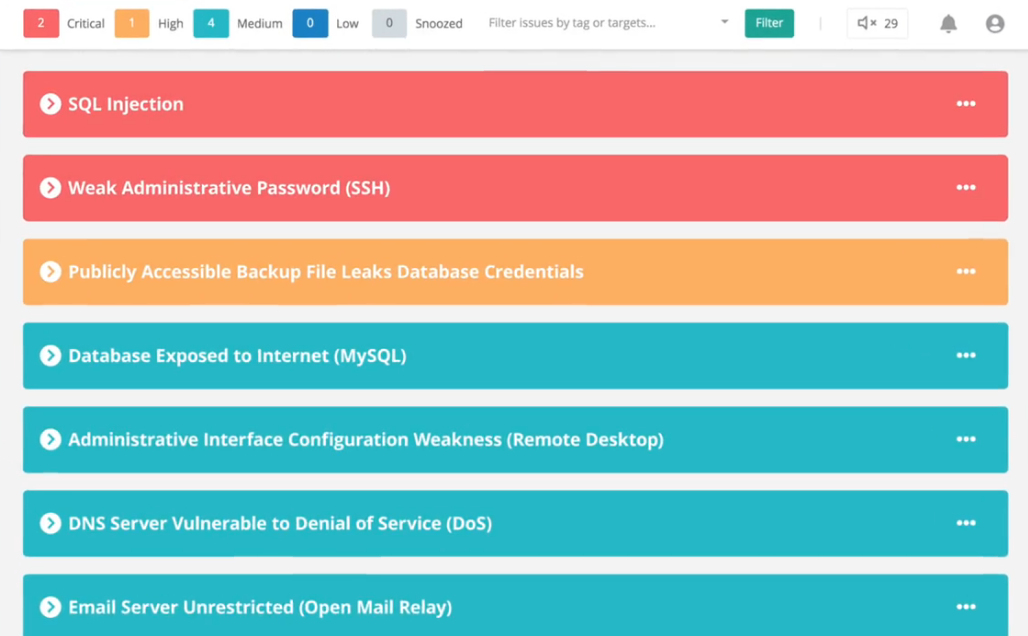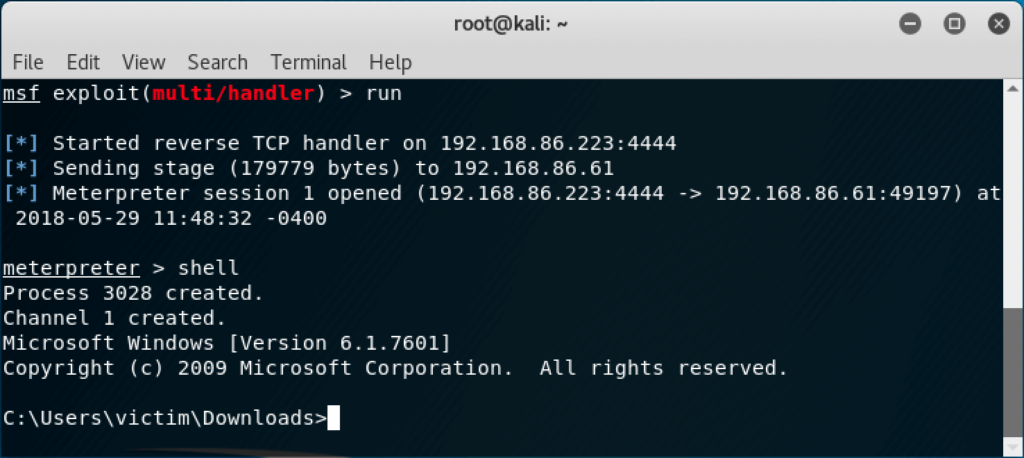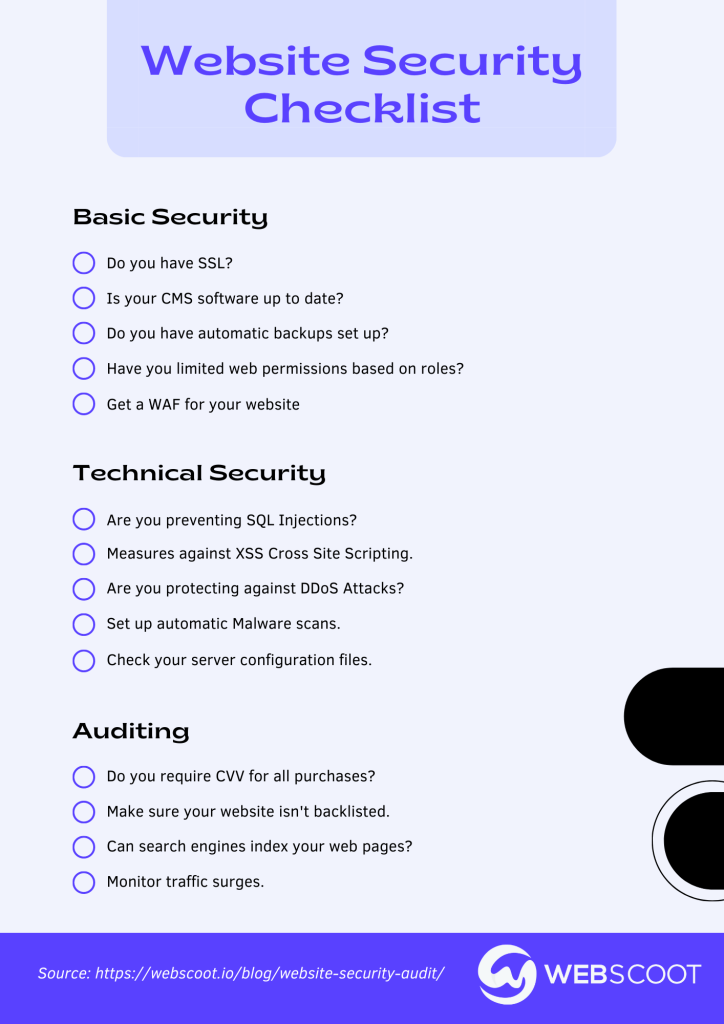A website security audit is often neglected by store owners. If we talk about web security in today’s world, it won’t be wrong to say that you can follow all standard protocols, employ all the best practices you can think of, and tie up loose ends. Still, it won’t be enough to keep hackers at bay.
Simply because there is a lot that can be done to safeguard a website. Hackers are constantly coming up with sophisticated techniques to breach online systems.
If you look up the latest cybersecurity trends, you’ll be alarmed to see how rampant data breaches have become in recent years.
A study by IBM revealed that the average time to identify a breach in 2019 was 206 days.
Imagine!
Not realizing that your website has been compromised for months, continuing with business as usual, exchanging sensitive information, and giving hackers complete insight into your company’s operations.
This is why you’re not really paying appropriate attention to your website’s security if you don’t religiously work on tightening it.
Performing web security audits will help you recognize potential web security threats before they can hit your network and destroy your website. Moreover, you can manage your security efforts better, as you’ll be able to discern where you or your team is falling short in terms of security measures.
In this article, we will explore everything you need to know about a web security audit, and how you can conduct it.
Table of Content:
- What is a Website Security Audit?
- How to Perform a Website Security Audit?
- Website Security Audit Checklist
- Conclusion
1. What is a Website Security Audit?
A website security audit means scanning your website and its server for existing or potential weaknesses that hackers can exploit. It covers your website’s entire infrastructure, from its core software to extensions, themes, server settings, SSL connection, configurations, etc.
Once all loopholes and gaps have been identified, the next step is to conduct penetration tests or pentests.
Under this, security teams launch pseudo hacking attacks against your application, mimicking ones that happen in real life. The vulnerabilities detected in the first step are targeted in order to assess the risk associated with them.
1.1. Why Do You Need a Website Security Audit?
The purpose of website security audits is to proactively look for discrepancies in your website’s architecture, and eliminate them before hackers with malicious intent can notice.
Industry experts always press on the importance of regular security auditing, as hackers will constantly challenge your website’s safety using every trick in the toolbox.
Simply following basic practices and leaving everything else to fate is not the answer. Admins have to constantly be on their toes and perform rigorous scanning and testing so that there is little to no scope of exploitation.
Read: Basics of eCommerce Security & Best Practices you should Follow
2. How to Perform a Website Security Audit?
For security audits, you will have to use online security tools or hire professional services. There are many free and paid tools and services available online for security scanning.
As explained above, website security audits are divided into 2 steps. So let’s discuss these steps a bit more in detail and look at the tools you can use.
Step 1: Scanning for Vulnerabilities
In this first step, the tool you choose will go through all aspects of your website’s security. It will screen your database, directories, files, themes, plugins, web server, etc to detect vulnerabilities, malware, viruses, and lax security measures.
Here is a list of tools you can use:
A. Sucuri SiteCheck
Sucuri’s SiteCheck is a free scanning tool that will check:
- Website source code for malware, viruses, malicious code, and infected file locations.
- Check if your website has been blacklisted by website security authorities like PhisTank, Google, etc.
- Find out if all website components are up-to-date i.e., CMS version, plugins, or extensions.
- It will also see if there are any configuration or other security issues present.
Based on its scan, Sucuri reveals the types of threats each loophole is vulnerable to and gives hardening recommendations. It is a pretty slick tool if you want to ensure that you’re not missing out on any security best practices.
B. Qualys SSL Server Test
Qualys SSL server test scans your SSL/TLS server connection and checks for any misconfigurations or vulnerabilities.
It grades your website on this basis and shows you the level of protocol support, cipher strength, key exchange, etc. It is a free tool, and all you have to do is add your Hostname and click submit to get a report.
If you want to ensure your website is following standard communication protocol and encryption, then this tool will definitely help you out.
C. Intruder
Intruder is an enterprise-level, cloud-based vulnerability scanner. It checks your entire web application for bugs, configuration weaknesses, and missing patches. Your website CMS will also be scanned for common security issues.
Intruder prioritizes issues by assessing the risk associated with them so that you can patch critical loopholes first, and then move on to the less serious ones.
It also suggests easy to understand remedial measures for each threat, and proactively monitors your systems. Moreover, you can integrate it with applications like Slack or Jira and get notified about the latest threats on your site instantly through messages.

Intruder is a paid tool with a 30-day free trial.
The above tools should give a satisfactory analysis of your website’s security posture. There are three more tools I would like to suggest, just in case you want alternatives:
- Web Cookies Scanner
- SiteGuarding
- Observatory
Step 2: Exploitation of Vulnerabilities
Now that you have sufficient knowledge of your website’s security status and the issues it harbours, it is time to deploy Pentest (penetration testing) tools and judge the severity of each vulnerability. For this as well, you can use the following tools to run autonomous scans:
A. Website Vulnerability Scanner by Pentest-Tools

This website vulnerability scanner is an extensive package covering a wide range of threats and security issues.
You could say that it is an end-to-end website security audit solution, as it gathers security information and conducts application testing, CMS testing, infrastructure testing, and SSL testing.
The company offers 2 solutions:
- Light Scan: The light version conduct a more passive security scan and analyzes aspects like the security of HTTP cookies, server software vulnerabilities, HTTP header configurations, server configurations, SSL certificate, robots.txt file, etc.
- Full scan: This is a more robust scan that covers everything under light scan and additional areas that check for common web security threats (SQL injections, XSS, OS command Injection), information disclosure issues, outdated JavaScript libraries, and more.
In the light scan, 20 HTTP requests are sent to the server, whereas the Full scan sends up to 10,000 HTTPS requests and conducts thorough testing.
Pricing: You can perform 2 free Full scans to judge the viability of the platform. In order to conduct more scans, you will have to upgrade to the pro version.
B. w3af
w3af is a web application attack and audit framework. You can use it to identify more than 200 vulnerabilities like SQL injection, cross-site scripting, guessable credentials, unhandled application errors, DNS spoofing, and PHP misconfigurations.
It is an open-source tool that performs pentests using techniques like payload injection into various kinds of HTTP requests, integrating web and proxy servers into the code, sending fast HTTP requests, etc.
C. MetaSploit

Metasploit is an indispensable penetration testing tool used by most web security pros.
Operating Metasploit is easy, you just have to point it towards your target website, pick an exploit, choose which payload to drop, and launch your attack. It has an extensive database that records all kinds of exploits. Once you’ve identified all your weaknesses, you can launch attacks through this tool and determine your store’s risk profile.
Metasploit is the most used pentest framework thanks to the elaborate functionality it offers. It has a command-line interface and automates most pentestive tasks that were previously laborious.
Pricing: It has both open source and paid services.
More and more features get added to Metasploit every year, so if you want to conduct a website security audit for your website, then this tool comes highly recommended and is a must-use!
The above vulnerability exploitation tools should suffice your auditing requirements. If however, you want to explore more, here are some honorary mentions:
Website Security Audit Checklist
Once you have a fair knowledge of web security, this checklist will help you evaluate where your website currently stands.
Conclusion
A website security audit is a great way to stay at the top of your website’s security status and ensure that you put in your best efforts, and minimize infiltration threats. The best part is that there are a lot of free scanning tools you can find online, empowering website owners with the ability to perform audits autonomously with little help from third parties.
If you have any suggestions or feedback, do mention them in the comments below!
Read next: 7 Must-Have Security Tools in eCommerce

Divya loves writing and is passionate about marketing. When not trying to hone her skills, you’ll find her either reading or binging on TV shows.


I was trying to do a security audit of website but wasn’t sure how to do a security audit for website then your article showed up when I searched for website security audit online. Thanks for showing us the proper way of doing website security audit.